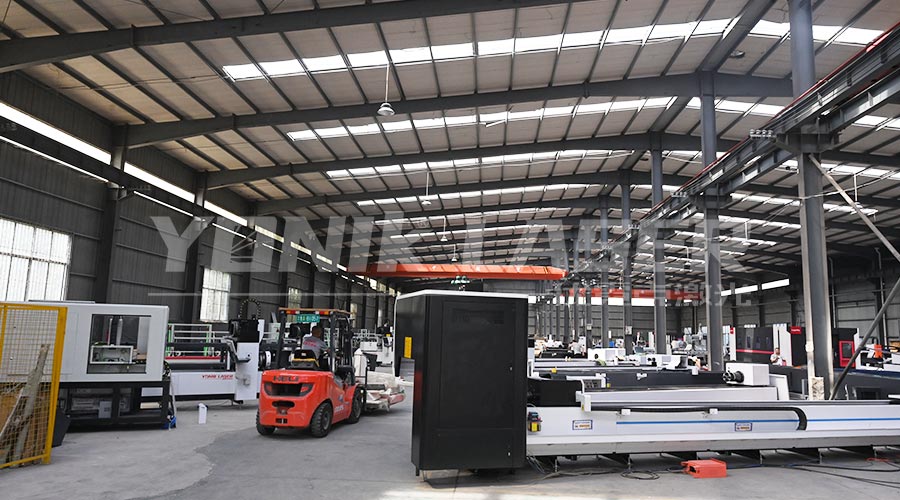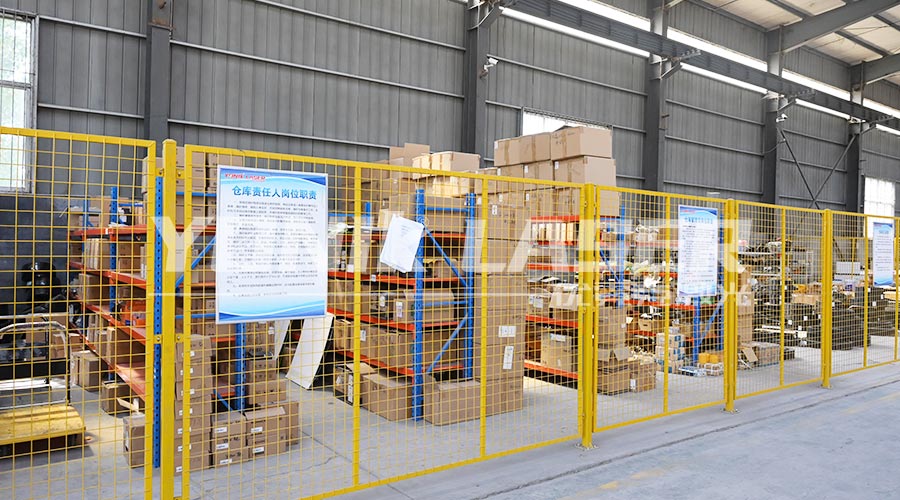In the field of modern industrial manufacturing, laser cutting machine has become a key equipment on many production lines with its high-precision and high-efficiency processing capabilities. However, in actual production, laser cutting machine often needs to work in conjunction with other equipment to complete more complex processing tasks. This joint operation mode not only improves production efficiency, but also puts higher requirements on safety coordination. This article will explore in depth the safety coordination issues of joint operation of laser cutting machine and other equipment, aiming to provide useful reference and guidance for people in the industry.

1. Overview of joint operation of laser cutting machine
Laser cutting machine uses laser beam to cut materials non-contactly, with the advantages of fast speed, high precision and small heat-affected zone. When working in conjunction with other equipment, laser cutting machine is usually used as the core link of cutting processing, and forms a complete production process with other equipment such as material handling equipment, welding equipment, assembly line, etc. This joint operation mode can significantly improve production efficiency, but also requires a more sophisticated safety coordination mechanism to ensure the safety of the operation process.
2. Safety risk factors in joint operations
Interference between equipment: The spatial layout and operating range of different equipment may overlap, resulting in interference between equipment, causing damage or safety accidents.
Poor signal transmission: Joint operations require effective signal transmission and collaborative control between equipment. If the signal transmission is not smooth or there are errors, it may lead to asynchronous operation or misoperation.
Operator misoperation: Operators are unfamiliar with equipment performance and operating procedures or operate improperly, which may also cause safety accidents.
3. Safety coordination measures for joint operations of laser cutting machines
Reasonable planning of equipment layout
During the equipment layout stage, the operating range and space requirements of each equipment should be fully considered to avoid interference between equipment. At the same time, reasonable safety distances and protective facilities should be set to ensure the safety of operators and equipment.
Establish a signal transmission and collaborative control mechanism
In order to achieve effective coordination between equipment, a reliable signal transmission and collaborative control mechanism should be established. This includes adopting standard communication protocols, setting synchronization signals, and realizing interlocking between equipment. Through these measures, it can be ensured that each device remains synchronized and coordinated during the operation process.
Strengthen operator training
Operators are the key to joint operation safety. Operators should be fully trained to familiarize them with equipment performance, operating procedures and safe operating procedures. At the same time, emergency drills should be organized regularly to improve operators' ability to respond in emergency situations.
Set up a safety monitoring and alarm system
Set up a safety monitoring and alarm system at the joint operation site to monitor the equipment status, operating environment and operator behavior in real time. Once an abnormal situation is found, the system can immediately send out an alarm signal to remind the operator to take corresponding measures to avoid the occurrence of safety accidents.
Perform regular equipment maintenance and inspections
In order to ensure the stable operation and safety performance of the equipment, laser cutting machines and other joint operation equipment should be maintained and inspected regularly. This includes cleaning equipment, checking component wear, replacing damaged parts, adjusting equipment parameters, etc. Through regular maintenance and inspection, potential safety hazards can be discovered and eliminated in a timely manner.
IV. Case analysis
A certain automobile manufacturer adopted a joint operation mode of laser cutting machines, welding equipment, assembly lines, etc. on the production line. In the early stage of production, due to unreasonable equipment layout and poor signal transmission, equipment interference and misoperation accidents occurred many times. Later, the factory optimized the equipment layout, established a reliable signal transmission and collaborative control mechanism, and strengthened the training of operators. Through the implementation of these measures, the factory successfully reduced the incidence of safety accidents and improved production efficiency.

V. Summary
The joint operation of laser cutting machines and other equipment is a common mode in the field of modern industrial manufacturing. In order to ensure the safety and efficiency of joint operations, it is necessary to rationally plan the equipment layout, establish a signal transmission and collaborative control mechanism, strengthen operator training, set up a safety monitoring and alarm system, and regularly perform equipment maintenance and inspection. Through the implementation of these measures, the incidence of safety accidents can be effectively reduced, production efficiency can be improved, and a strong guarantee can be provided for the sustainable development of enterprises.
2025-07-22
2025-07-21
2025-07-19